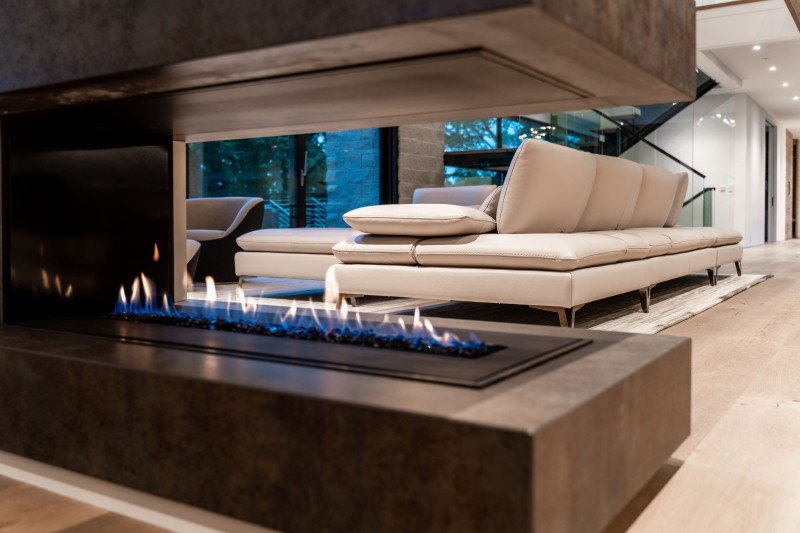The Comprehensive Guide to Fireplaces and Stoves
Fireplaces and stoves have been important to human civilization for centuries, working as a source of heat, light, and comfort. These appliances are available in numerous kinds and have actually developed over the years, catering to varied choices and technological improvements. Cheap Fireplaces USA provides a helpful summary of fireplaces and stoves, highlighting their types, benefits, upkeep ideas, and setup factors to consider.
Kinds of Fireplaces
The world of fireplaces is rich and varied. Here are the most common types:
Wood-Burning Fireplaces:
- Traditional and lovely.
- Needs skilled wood and regular maintenance.
- Produces a pleasant scent and crackling sound.
Gas Fireplaces:
- Offer benefit and ease of usage.
- Readily available in vented and vent-free choices.
- More efficient and cleaner than wood-burning alternatives.
Electric Fireplaces:
- Provide atmosphere without the requirement for a chimney.
- User-friendly with push-button control options.
- Can be used as a supplemental heat source.
Pellet Stoves:
- Use compressed wood pellets as fuel.
- Highly efficient and environmentally friendly.
- Typically geared up with thermostats for temperature level control.
Ethanol Fireplaces:
- Utilize bioethanol fuel, making them portable.
- Do not require venting, which permits flexible placement.
- Produce a realistic flame with very little smoke.
Outdoor Fireplaces:
- Designed for outdoor settings; can be wood or gas-burning.
- Great for entertaining and enhancing backyard visual appeals.
- Often constructed from stone, brick, or metal.
Benefits of Fireplaces and Stoves
Incorporating a fireplace or range into a home offers numerous advantages:
- Aesthetic Appeal: Fireplaces work as striking centerpieces in any space, adding warmth and character to home design.
- Increased Property Value: Homes with practical fireplaces tend to have higher resale worths.
- Energy Efficiency: Modern fireplaces and stoves are developed to be more energy-efficient, which can result in decreased heating costs.
- Backup Heating Source: In case of power outages, wood-burning and gas fireplaces can serve as vital heating sources.
- Versatile Heating Solutions: Different kinds of fireplaces cater to different heating requirements and way of lives, from comfortable ambiance to efficient heating.
| Type of Fireplace/Stove | Fuel Source | Efficiency Rating | Upkeep Level |
|---|---|---|---|
| Wood-Burning | Wood | Moderate | High |
| Gas | Natural gas/LP | High | Low |
| Electric | Electrical energy | High | Extremely Low |
| Pellet | Wood pellets | High | Moderate |
| Ethanol | Bioethanol | Moderate | Low |
| Outdoor | Wood or gas | Moderate | Differs |
Upkeep Tips
Appropriate maintenance extends the life of fireplaces and stoves, guaranteeing security and efficiency. Here are some important ideas:
Regular Cleaning:
- Wood-burning fireplaces must be cleaned up after a complete season of usage to eliminate soot and creosote.
- Gas fireplaces require regular inspection of the burner and vents.
Regular Inspections:
- Have chimney sweeper perform annual evaluations to recognize clogs or structural damage.
- Check the seals and gaskets on gas systems to prevent leaks.
Fire Safety:
- Install smoke and carbon monoxide gas detectors in homes with fireplaces or stoves.
- Keep a fire extinguisher near the fireplace or range for emergencies.
Use Quality Fuel:
- For wood-burning systems, always utilize experienced wood; prevent dealt with or painted wood.
- When using pellets, ensure they are stored effectively to prevent moisture absorption.
Handle Airflow:
- Keep vents and ducts clear to promote efficient ventilation and airflow.
- Think about using glass doors or screens to minimize debris and ash in the home.
Installation Considerations
Installing a fireplace or range requires cautious consideration of several elements:
Location:
- Choose a place that allows for correct clearance and ventilation.
- Consider the design of your home and the benefit of natural heat distribution.
Building Regulations and Permits:
- Check regional policies relating to setups and needed authorizations.
- Engage a professional to ensure compliance with safety standards.
Fuel Type:
- Evaluate your fuel alternatives based on schedule, expense, and environmental impact.
- If going with gas, ensure existing gas lines can accommodate the new device.
Ventilation:
- Proper venting is essential for safety and performance, particularly for gas and wood-burning units.
- Seek advice from an expert to figure out the very best venting service.
Aesthetic Consideration:
- Select a style that matches your home's interior.
- Think about mantels, surround materials, and colors that match your decor.
Frequently asked questions
What is the very best kind of fireplace for heating?
Gas fireplaces are normally more efficient for heating, while wood-burning fireplaces supply more ambient warmth.
How typically should I clean my fireplace?
Wood-burning fireplaces should be cleaned a minimum of as soon as a year, while gas fireplaces require less regular attention depending on usage.
Can I set up a fireplace myself?
While some homeowners may attempt DIY setup, it is suggested to employ a professional to ensure security and compliance with building regulations.
Are electric fireplaces efficient?
Yes, electric fireplaces are extremely efficient and can work as reliable supplementary heating sources, especially in smaller spaces.
What is the lifespan of a fireplace?
The lifespan of a fireplace differs depending upon the product, type, and upkeep; however, a properly maintained wood-burning fireplace can last over 30 years.
Fireplaces and stoves remain classic functions in homes, providing warmth and atmosphere. Comprehending the different types, advantages, and maintenance requirements can help homeowners make informed decisions about installation and care. With Fireplace Deals and routine maintenance, these devices can improve both the convenience and value of a home for several years to come.

